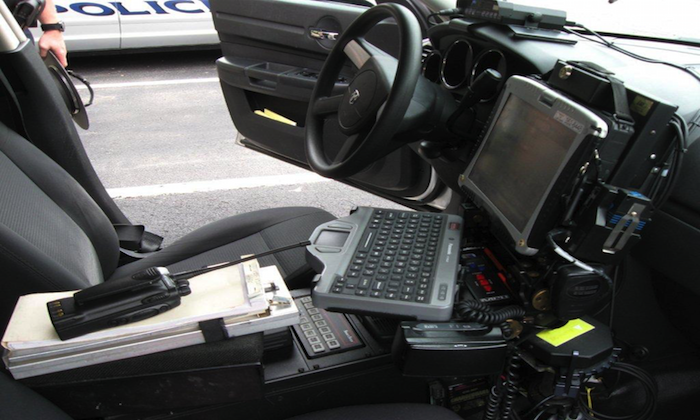
Bentley Researcher Dedicated to Improving Public Safety
Government agencies are notoriously territorial -- disseminating information in a “stove pipe” fashion, up and down chains of command within a given agency, but not across. Stove piping arises, in part, from financing -- information follows the money and money doesn’t often flow well across agency boundaries.
But you might be surprised to learn that cross agency collaborations succeed best when they stop following the money and focus instead on their digital infrastructures and the needs of their stakeholders.
That’s just one of the findings that Jane Fedorowicz, Bentley’s Chester B. Slade Professor of Accounting and Information Systems, and her research colleagues offer in their Public Safety Networks Study. The project, which fundamentally studies collaborations among multiple organizations, is itself a collaboration of multiple faculty and doctoral students at Bentley, Syracuse University, and Penn State.
Fedorowicz and her colleagues explored what actually makes some Public Safety Networks work well and what prevents others from doing the same – with a goal to make specific recommendations for improving such networks, as well as any other multiple-stakeholder collaboration.
A Public Safety Network (PSN) “links police and other responder agencies that access shared data and a common communications infrastructure across functional or geographic borders, and may link agencies from multiple levels of government.” [1]
PSNs can come into play at every level of incident from a routine traffic accident to a major terrorist attack. Some forms of PSNs involve data sharing among the court system and other aspects of the criminal justice system; still others link first responders, hospitals, and other pieces of the public health infrastructure together.
The researchers took a holistic view of how these networks form: how they are governed, what technology they use, how they are funded, and other key factors in their composition and operation. In a six-year project that collected data on 266 PSNs, some key questions emerged:
- What role does technology play in optimizing—or limiting—PSNs?
- What’s the critical mass—in terms of both number of users and number of uses—that sustains a PSN?
- What governance structures work best for a PSN?
- What makes PSNs effective in a large-scale event, planned or unplanned?
One clear finding among the study’s several conclusions and recommendations:
In order for PSNs to be effective in dealing with large-scale events or unusual situations they need to be successfully deployed during routine incidents.
The study’s top-level findings and recommendations include:
- Collaborative networks should involve all stakeholders in their design
- Networks have to be of demonstrable value to participants and easy for them to use
- Collaborative funding is key to ensuring parity and avoiding networks that get started but then founder
- Performance goals should be diverse to reflect the different stakeholder’s missions
- Technology and information technology should:
- be flexible and modular
- have clear data ownership standards
- use standard security and access approaches
- incorporate older systems
- support routine use
- emphasize reliability and stability over other factors
Published in a wide range of academic journals and public policy documents, as well as being presented at multiple international academic conferences, this research has also been included in and partially funded by the “Collaborating Across Boundaries Series” from the IBM Center for The Business of Government. It has been disseminated through government agency newsletters, published online, and through talks at various government and public safety agencies such as the Department of Homeland Security.
Prior to the PSN project Bentley University made clear its intention to fund and support trans-disciplinary research. This allowed Professor Fedorowicz to gather together colleagues from various departments on campus to review a wide range of inter-organizational systems including PSNs – leading to a National Science Foundation grant to develop the Public Safety Networks Study, a collaboration among Bentley, Syracuse, and Penn State. Next up for Professor Fedorowicz and colleagues is a research study on the use of social media by police departments nationwide, building off a pilot study of five Massachusetts cities and towns.
The implications of the Public Safety Networks Study are wide-ranging and carry the fruits of quality academic research directly to the public sector. PSNs often grow in response to specific incidents or crises that highlight gaps and weak spots in inter-organizational collaboration. Professor Fedorowicz’s and her colleagues’ work offers research-based, field-tested solutions and prescriptions for making PSNs more effective—and thus safer for us all.
[1] Fedorowicz and Sawyer, “Designing Collaborative Networks: Lessons Learned From Public Safety,” Collaborating Across Boundaries Series (IBM Center for The Business of Government 2012)

